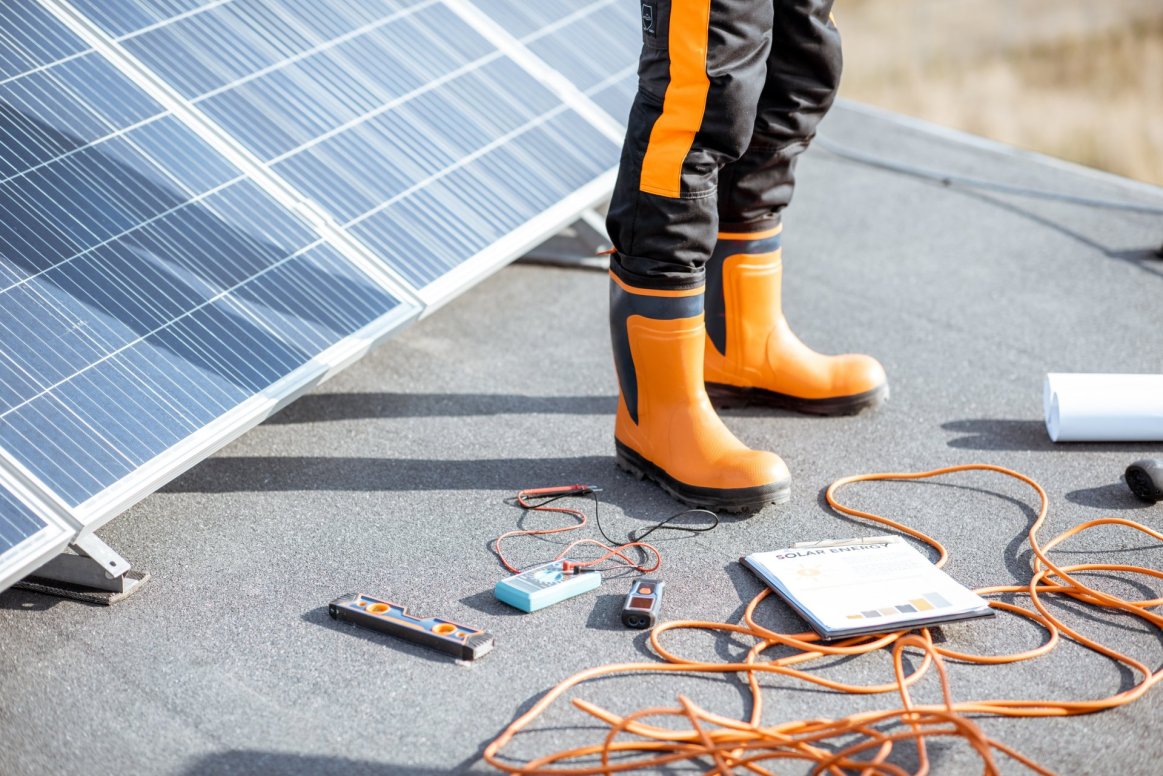
Greentech Renewables has covered the role of the PV connector and its various types in previous articles to support solar installers in navigating the complex realm of PV connectors. The following article supplements prior articles in considering new code changes, technological advancements, and more.
The heatedly contested topic of mismatched photovoltaic connectors has evolved throughout the early 2020s. Updates to the NEC guide best practices in connector intermateability, but there has yet to be a universal PV connector standard. As policies promoting clean energy, such as the IRA, increase the influx of workers entering the solar industry, it is crucial to understand the mechanics and code requirements behind safe PV connections.
As of 2023, solar professionals have reported that up to 25% of projects inspected in the field contain mismatched connections. Many PV connectors consist of different conductor metals, tolerances, and ratings. While latched PV connectors from various manufacturers can appear functional, these connections are rarely code-compliant and can pose severe risks to human safety and the PV system's longevity.
Traditionally, common connectors like Stäubli's MC4, Amphenol's H4, or Tyco's SolarLok have dominated the PV connector market. However, some module manufacturers have recently shifted to integrating generic PV connectors into their products. Refer to module data sheets to differentiate between generic PV connectors and the established MC4 and Amphenol H4 connectors. If you come across connectors labeled as "MC4 compatible," this can be classified as a generic connector. When in doubt, consult your Greentech Renewables account manager for clarification.
The 2020 NEC revised 690.33(C) language regarding PV connectors requires that two connectors not be the same type and brand, but still be listed explicitly for intermateability in manufacturer instructions to meet code compliance. However, NEMA recently announced the development of UL standards to promote consistent size, shape, or material qualities among manufacturers' PV connectors. In the meantime, attention to detail is critical for solar designers. Some manufacturers' PV connectors may even be tested and confirmed for compatibility with the caveat that installers consider specifications for maximum voltage and rated current.
There are several options a solar installer may choose between when dealing with mismatched PV connectors in their system design. For systems with standard string inverters, purchasing additional connectors or pre-crimped whips that match the connectors on the modules is the simplest solution. Your Greentech Renewables account manager can guide you in selecting and obtaining these connectors to ensure UL-rated connections along your entire PV system.
Further, some manufacturers offer warranty addenda that allow for removing factory PV connectors, permitting the installation of your preferred connectors, which can be crimped to the module whips. This strategy primarily requires replacing the leads at the string termination point. There is an additional concern when installing MLPE devices due to an increased concentration of potential points of failure. In these scenarios, seeking written permission from the module manufacturer to replace the factory connectors with connectors that match the MLPE whips is the recommended course of action to ensure a compliant connection.
More complex PV systems will require additional time dedicated to ensuring all PV connections are safe and up-to-code. It is worth noting that the exponential risk of failure or potential production loss in a larger system is also greater.
Differentiating between generic and established connectors and implementing the right solutions to maintain UL-rated connections are vital for code compliance and project viability. Collaborating with our experienced account managers and staying informed about the latest industry standards will help you remain successful with your solar business. Connect with Greentech Renewables Design Services to access top-tier support for your solar systems.